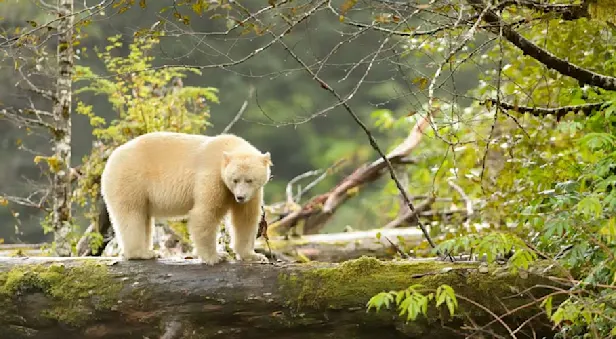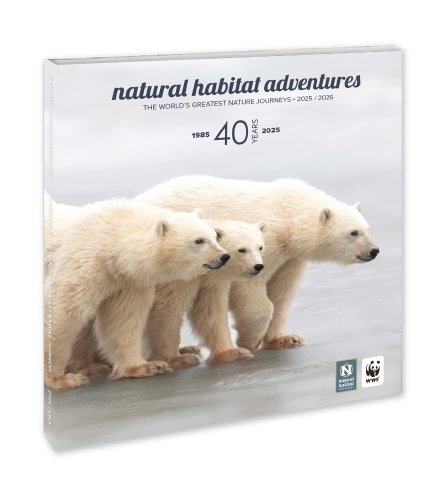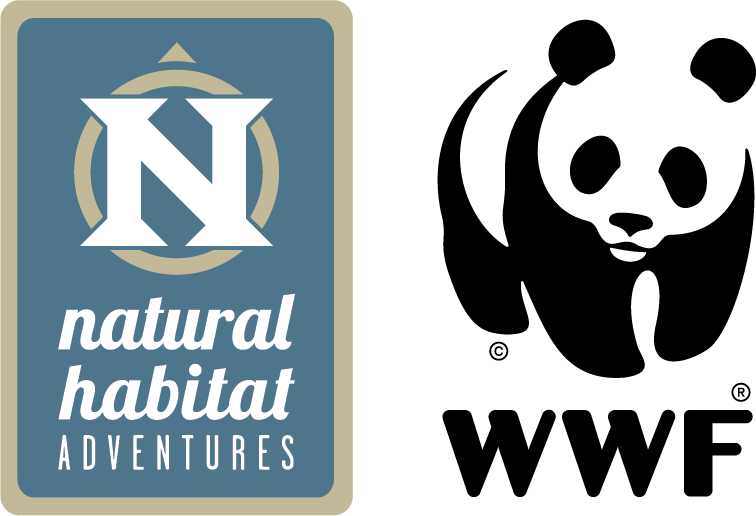Know Before You Go
Bald Eagle | Haida Gwaii Wildlife Guide
The bald eagle has made a spectacular comeback from near extinction. Starting with an estimated population of 100,000 in the early 1800s, by the early 1960s there were fewer than 500 known nesting pairs.
In the 1950s and 1960s, scientists figured out that the pervasive use of DDT after World War II as an insect-control measure was causing a thinning of the shells of bald eagles and other birds. This, combined with habitat loss, led to the bald eagle being listed as endangered. In 1973, inspired by the influential book Silent Spring by Rachel Carson, legislation banning the use of DDT was passed. These two legal moves—listing the eagle as endangered and banning DDT—were the first steps on the road to recovery for the bald eagle.
Today a new threat is placing these majestic birds at risk. Lead bullets and pellets used for hunting deer, birds and other animals pervade their environment and nearly half of all bald eagles have toxic levels of lead in their bloodstreams. Recent studies estimate that their reproduction rate is decreasing by 4% per year. Fortunately, alternatives to lead ammunition are available and hopefully, more hunters will choose less-toxic options to protect these birds that are an important symbol of wilderness.
Look for Bald Eagles on These British Columbia Trips

Haida Gwaii: Islands at the Edge of the World
Discover an archipelago of wonder off the coast of British Columbia—explore wild shorelines, ancient rainforest and 12,000 years of Haida culture on an intimate sailboat adventure in the marine wilderness.


Spirit Bears, Humpbacks & Wildlife of BC
Discover British Columbia at its wildest, in search of the elusive white Spirit Bear in the remote valleys of western Canada's Coast Range. Offshore, scout for humpback whales and orcas in emerald fjords.
























